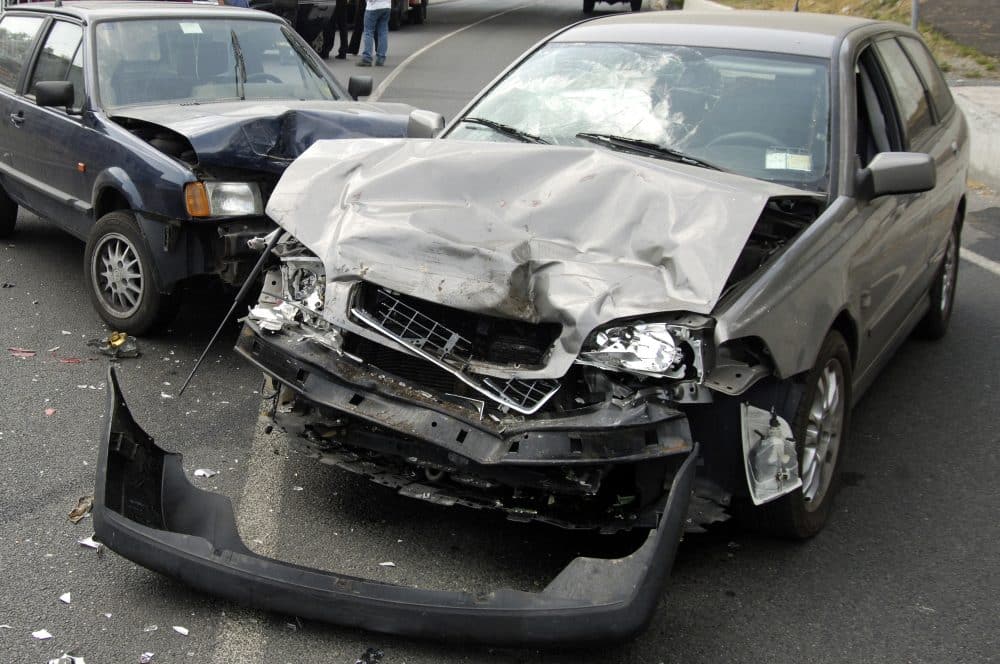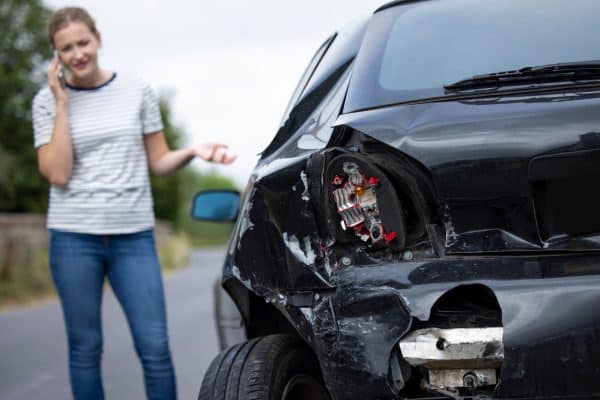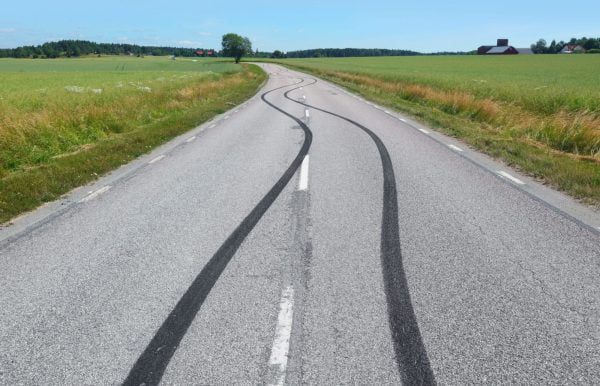April is Distracted Driving Awareness Month, and it’s time to review distracted driving statistics, examine what driving distracted means, and learn what to do if you’re in a car accident with a distracted driver.
Distracted driving isn’t just using a cell phone while driving. It can be anything from listening to podcasts or letting your mind wander. Check out everything you need to know about distracted driving in Tennessee.
 Distracted Driving Statistics
Distracted Driving Statistics
Here are some key statistics to keep in mind when it comes to distracted driving. In the United States in 2019, distracted driving caused:
- Around 3,100 deaths
- Roughly 986,000 accidents
- Hundreds of thousands of injuries
Though drivers of all ages have caused accidents due to distracted driving, nearly 25% of all distracted drivers in fatal accidents are between 20 and 29 years old.
Even those who aren’t in accidents are affected because distracted driving citations increase annual insurance premiums over time. Since 2011, premiums have increased around 16% due to distracted driving incidents.
Hands Free Law in Tennessee
To combat distracted driving, Tennessee has the Tennessee Hands Free Law that requires residents to put down their phones and focus on the road while driving. You cannot hold a mobile device, write or send any text communications, or reach for a mobile device; you also cannot use mobile devices to watch, record, or broadcast video.
The Four Types of Distracted Driving
There are four major categories of distracted driving: visual, auditory, manual, and cognitive.
Visual Distractions

You become visually distracted when you look at something other than the road. Most people only associate visual distractions with smartphones. But drivers get distracted for several reasons. These could include flashing stereo controls, an object falling on the floor, glancing at a book or newspaper, or even looking in the mirror. When you take your eyes off the road, even for just a few seconds, you can be putting yourself and others at risk.
Auditory Distractions
The second type of distraction is auditory. Auditory distractions occur when you’re listening to something not related to driving. These can range from singing along to the radio, talking on the phone, to listening to a podcast. Auditory distractions can be tough to avoid, as many drivers use music to keep themselves entertained on the road. So, rather than entirely eliminating auditory distractions, you must try your best to stay aware of them and know how to overcome them when driving.
Manual Distractions

The third type of distraction that can impact your driving is a manual distraction. A manual distraction occurs when you’re focused on operating anything other than the steering wheel. Examples could include reaching for something like food, adjusting your stereo or A/C controls, or feeling around for something you dropped in the backseat.
Cognitive Distractions
Finally, cognitive distractions occur when you let your mind wander off to anything other than driving. Similar to auditory distractions, these can be hard to avoid. However, if you find yourself unusually stressed, worried, tired, or distracted, it may be in your best interest to avoid driving, if possible.
The Dangers of Driving While Distracted
If you are texting while driving, you are 23 times more likely to be involved in a wreck or near-wreck. In addition, teens have a fatal crash rate three times greater than adults, with distraction responsible for over 58% of crashes.
It’s not just teens, however. Over 80% of drivers admit to engaging in dangerous behavior while driving, from texting to painting fingernails, shaving, or even changing clothes. Even sending a text message takes your eyes off the road for about five seconds. That means your car traverses over 134 yards (at 55 mph) without your eyes on the road, which is plenty of time to have a catastrophic accident you never see coming.
Getting yourself and your passengers safely from “point A” to “point B” should be your sole focus when you’re behind the wheel. Everything else can wait.
Get Help If You’ve Been Injured By Distracted Driving
When you’re injured in a car accident, especially one caused by a distracted driver, it can be frustrating and you may be unsure who to turn to for help. Our team at the McMahan Law Firm knows what to do. Jay & Brent are Board-Certified trial lawyers who can help you seek the compensation you deserve. Contact the McMahan Law Firm at 423-265-1100 or fill out our online form to get your free case review today.



 Distracted Driving Statistics
Distracted Driving Statistics













